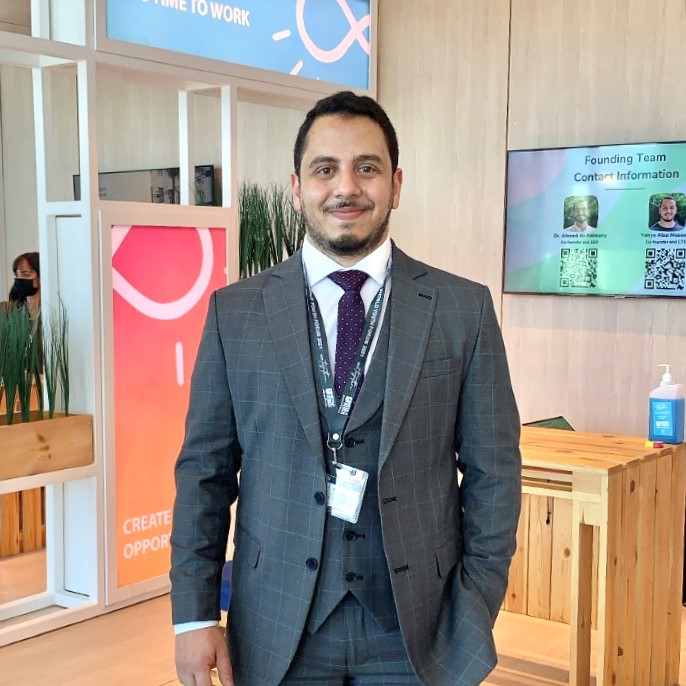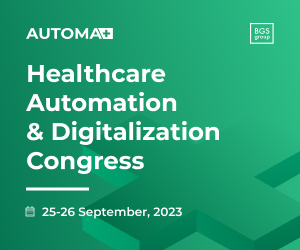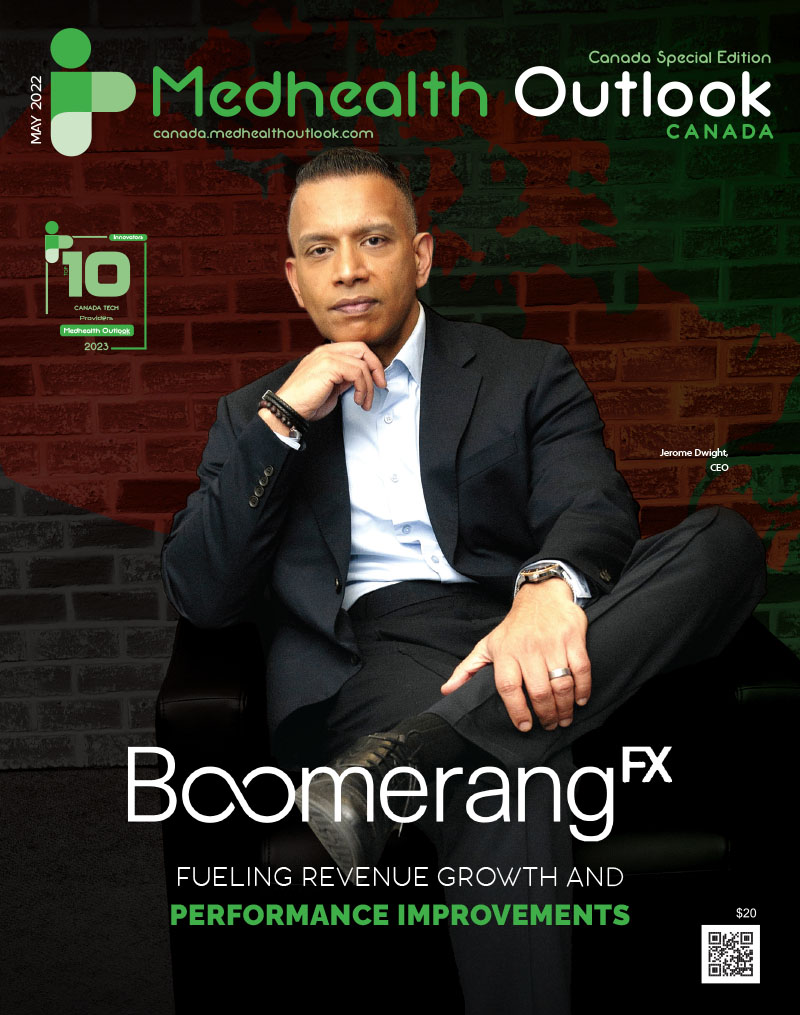According to most reputable psychiatric associations worldwide, attention deficit hyperactivity disorder (ADHD) is one of the most common psychiatric disorders, impacting around 5% of the school-aged children population worldwide. Shockingly, this adds up to around 35 million children worldwide, and due to the lack of advanced, effective, and affordable, intervention strategies, unfortunately, we see these numbers on the rise year after year.
ADHD is a neurodevelopmental disorder that is formed due to an abnormality in the structure of the frontal areas of the brain, which results in brain executive and functional disorders. Such disorders include attention deficit, hyperactivity, and impulsivity. Unfortunately, these aforementioned disorders can lead to other challenges for children, affecting their problem-solving skills, leading to incompetence with academic and social environments, as well as other interpersonal challenges. Moreover, these ADHD symptoms can affect childrens’ motor skills.
The Limited Medium of Traditional Intervention Strategies.
The types of available therapy options for children are (1) medication therapy, which relies on drugs that might impose side effects on children, and that introduces a huge time and money expenditure to the parents. (2) Behavioral therapy, which includes traditional methods of training the children for academic, social, and cognitive skills. Such types of therapeutic interventions can show promising results at the beginning, however, due to the lack of variety of available training scenarios, children’s performance tends to steady, or even degrade, after a period of time. Other types of therapies include (3) speech therapy, as well as (4) family therapy. Such types of therapies can either be used individually, or in combination, with the goal to reach better outcomes with the children and to enhance their quality of personal, social, and academic life.
Virtual Reality. A New Hope for Neurorehabilitation.
The current advances in technology are transforming many fields, including healthcare. One of the most promising technology trends that can be leveraged as a therapeutic intervention is Virtual Reality. Backed by an ever-growing body of literature, Virtual Reality can be an optimal rehabilitation solution for children diagnosed with ADHD, yielding significant improvements as an effective therapeutic intervention strategy.
The Promised Potential of Virtual Reality Therapeutics.
Virtual Reality provides the field of neurorehabilitation with new hope, through its huge potential in physical and cognitive rehabilitation. The potential of the immersive experiences provided within Virtual Reality software modules can be broken down as follows:
- Variety of Stimulus. Virtual Reality enables the introduction of a wide range of stimuli, including visual, auditory, or even audio-visual stimuli, that can lead to triggering specific behaviors from a child during a therapeutic session. This unique feature of Virtual Reality can open limitless possibilities for better rehabilitation. It is worth noting that these types of stimuli are better induced in a controlled environment under the supervision of a specialist.
- Virtual vs. Real. The knowledge that can be acquired by a child through the use of Virtual Reality exercises can be transmitted to real environments. This knowledge can be in the form of social interactions simulated by letting the kid interact with virtual characters, or it can also take the form of academic exercises, or even cognitive activities, with the goal to instill problem-solving skills.
- Better Understandability. By relying on therapeutic software, the specialist can observe and analyze the behavior of the child within the virtual environment, which can lead to a better understanding of their actions, behaviors, and decision-making patterns.
- Unforgettable Experiences. Virtual Reality offers an artistic medium, where the appeal of such virtual environments can work as a motivating factor for the children by creating enjoyable, unforgettable, experiences, which can solve the issue of the slow improvement of traditional methods with an exciting and immersive alternative.
- Advanced Integrations. The inherent nature of digital transformation enables types of integrations that were not even possible before. Virtual experiences can be easily integrated with widely-adopted and well-known assessment and test tools, such as continuous performance test (CPT), or test of variables of attention (TOVA). Having a system that can provide test results, while instilling essential life skills in children can be quite transformative.
- Infinite Scenarios. Virtual Reality can be extended to address a multitude of skills, including physical, motor, social, academic, and cognitive skills. Theoretically speaking, the number of possible virtual scenarios that can be designed within Virtual Reality modules is infinite. Most importantly, Virtual Reality can act as a danger- and risk-free environment for a wide variety of training scenarios.
The aforementioned points highlight some of the many advantages of immersive Virtual Reality as a therapeutic intervention (VR-as-Tx). To further solidify this argument, we would like to showcase a part of the work that we proudly develop and validate at VRapeutic.
Building the Future of Virtual Reality Therapeutics.
At VRapeutic, we take a research-backed approach to designing our Virtual Reality therapeutic modules. We have designed a large library of virtual experiences that address attention training on five different levels, including focused attention, sustained attention, selective attention, alternating attention, and divided attention. These experiences are carefully designed to be enjoyable and visually appealing to the children. Moreover, and to bring it to a full circle, we integrate such experiences with a widely-adopted assessment tool, namely TOVA, which is an abbreviation for the test of variables of attention. This integration is our latest, patent-pending, technology, in which we successfully integrated one of the most important assessment tools for ADHD-diagnosed children within our immersive virtual experiences. These therapeutic modules address other cognitive skills as well, including working memory, sensory processing, and emotion recognition. Furthermore, we built our own, proprietary, wearable sensor suit, which is integrated with our virtual experiences to address motor skills such as balance, gait, and bilateral coordination. Our core technology is also taking into consideration the reduction of the effects of cybersickness that children may experience while wearing Virtual Reality head-mounted devices (HMDs). We achieve this by employing multiple techniques to produce low-jittering, high-quality, and high-frame-rate, virtual reality experiences.
The Promising Future Ahead of Us.
Clearly, Virtual Reality therapeutics can have a huge impact on the progress of children who are suffering from learning challenges and neurodevelopmental disorders. Virtual Reality provides a limitless immersive world, that is capable of contributing to quick progress when being used in a consistent manner as a part of the therapy plan proposed by a specialist. The positive feedback we receive from children and their parents in studies that we have conducted further validates our efforts, and the promising future Virtual Reality Therapeutics can bring.
By Yahya Alaa. Co-founder, and CTO, at VRapeutic, Inc.
LinkedIn: https://www.linkedin.com/in/yahya-alaa/













